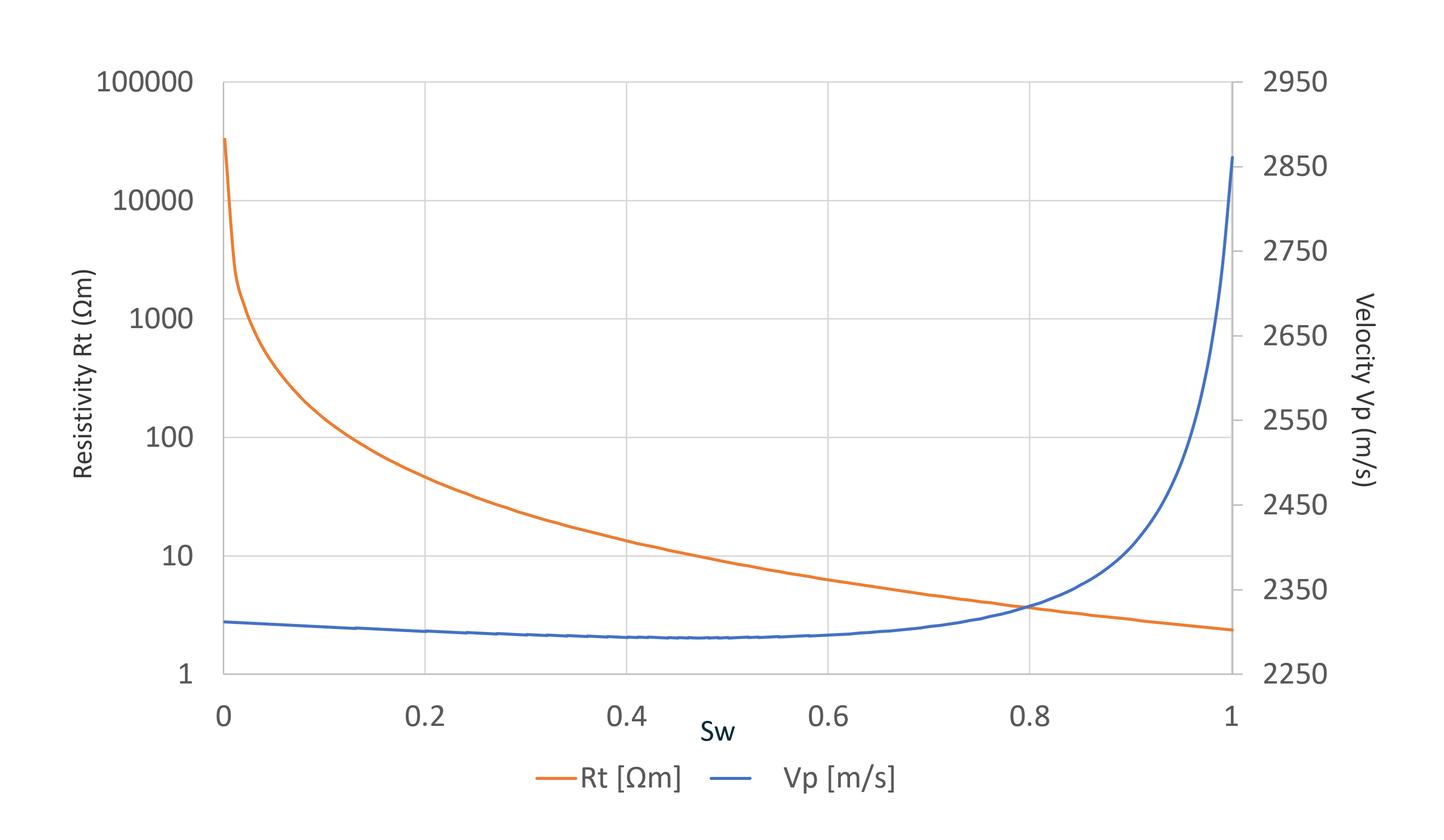CO2 Monitoring
Imaging the changes in reservoir parameters as an oil or gas field produces are vital to manage the production and the ultimate recovery rate of the field.
These changes are subtle and, in many cases, not detectable from a single seismic survey. Comparing images from multiple seismic surveys acquired over time often provides a better understanding of how the reservoir changes as it is being produced. Still the change in acoustic impedance with saturation is such that it is extremely difficult to distinguish high from low saturation based on seismic data only.
The resistivity parameter estimated from CSEM data is directly related to hydrocarbon saturation. Even very small changes in saturation (i.e. a reduction from 90% to 80%) will have a large impact on the sub-surface resistivity, hence the time lapse effect is often more pronounced on CSEM data.
Time laps CSEM will enable monitoring of the initial changes in reservoir saturation, providing data for the operator to make informed decisions about production strategy at an early stage. In addition, CSEM can highlight undrained compartments.
Natural gas and CO2 in a reservoir are indistinguishable from CSEM. CSEM can therefore equally be used to monitor the injection and increase in saturation of CO2 in the reservoir used for CO2 storage.
